In 72 years, India has undoubtedly made great progress. We are the largest democracy in the World, we have shaped cities like Mumbai, New Delhi and Bangalore to have world class facilities, townships and infrastructure. However, there are quite a few instances, where India lacks behind the other super powers of the World. Education, job opportunities, better lifestyle and urbanscape are some of the highlights in other countries like United States, Germany, Sweden and Norway. India lacks on all of the above in comparison and even though we have older, heritage cities and towns, we are far behind in equalling the infrastructure and urban amenities of foreign nations. Here are 10 things, India needs today in terms of Urban Design and Planning.
1. Public Spaces
Public spaces in India are usually marketplaces or bazaars. We are all familiar with the narrow lanes, bright lights, colorful store fronts and thousands of people in Indian bazaars. However, we have also faced the honking, the hundred scattered cloth and food stalls, the pandals which block the roads and the chaos that ensues.
It is high time we understand that public spaces are more than just bazaars, forts or malls. Free public spaces in town squares, where people may come together, to sit, enjoy, make dialogues, make music or street plays etc. is missing in India. Public spaces form more organically in India, wherever there are food stalls, the street becomes an organic public space. Parks, markets, steps of heritage sites etc. become organic public spaces. However, there is a need of dedicated open and free public spaces. Fountains, street gyms, amphitheatres, seating spaces, river or lake fronts can be redesigned and introduced as dedicated public forums for Indian people.
Delhi Haat, Marine drive, MG Road Walkway in Bangalore are a few examples of dedicated public spaces. More such endeavors need to be taken by the government, to ensure we have better noise and pollution free spaces for spending time with friends and family.
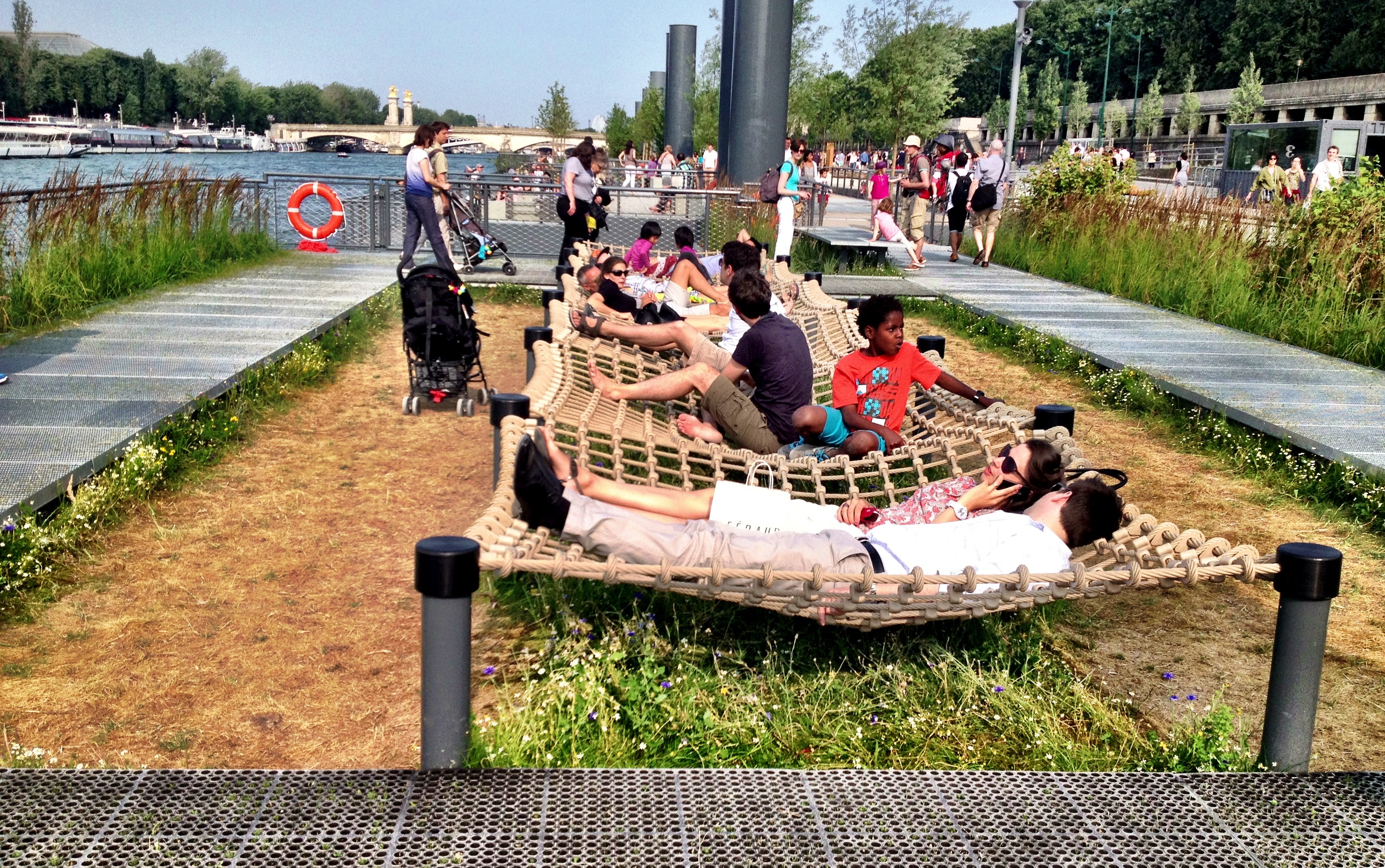




2. Better Public Toilets
It is a matter of great pity, that we still have to talk about this. A major chunk of population in India still urinates in public, owing to either lack of public toilets or their dire state. There is an urgent need to construct, clean, hygienic and modern public toilets in Indian villages, urban localities and highways. In order to prevent public urination, our public spaces like beaches, marketplaces, commercial hubs or railway stations need to be upgraded with neat porta potties or permanent public bathrooms.
The existing public toilets in cities are in need of urgent renovation and maintenance. Owing to their filthy stinky state, people who are in the vicinity also shy away from using them. Instead of being used to make the city cleaner, these toilets actually add to the stink, spread diseases and remain unused. The spit and shit stains are a mark on our urban infrastructure.



3. Free public Wifi
A lot of foreign cities have free public Wifi on airports, railway stations, public squares, markets and heritage sites. India is already leading in the World in number of people using cell phones and data. However, rural places in India are still missing out on uninterrupted data and internet access. Why not introduce free public Wifi in public spaces and villages so that more people get access to the internet?
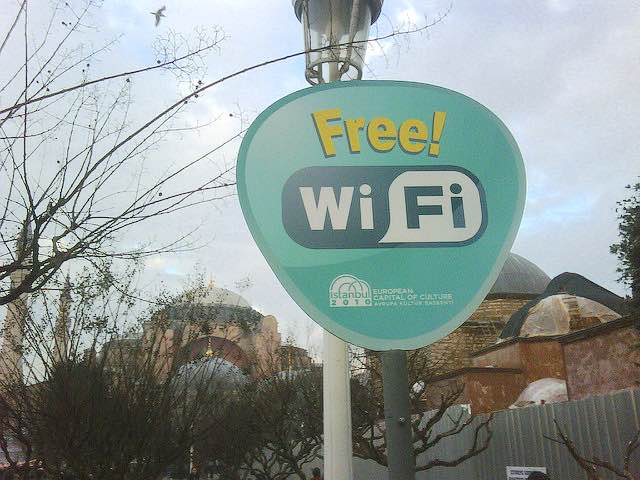
4. Better bus stops / stations and public transport and ticket booths
Public transport in general is a matter of great concern in India. Be it the less than decent inner city buses or the local trains or the metros, they aren’t at par with what we need and how we need it. The regularly late buses and trains, connections, stops and overfilling are all matters that need government attention. The overcrowded buses, metros and local trains indicate that we are short on these amenities and that they need to be addressed.
Other amenities related to public transport, such as bus stops and bus stations or parking lots are also in dire need to be remodeled and modernized. The broken bus stands, unclean bus stations, lack of proper waiting areas, restrooms, help desks, directions or signage, seating, lights or ticket booths are a major inconvenience. All these elements together form the reason millennials prefer Ola and Uber or even autos rather than travelling in local buses. We can reduce the number of cars on the road, if we work to better the public transport in our country, make it more clean, accessible, systematic and modern.
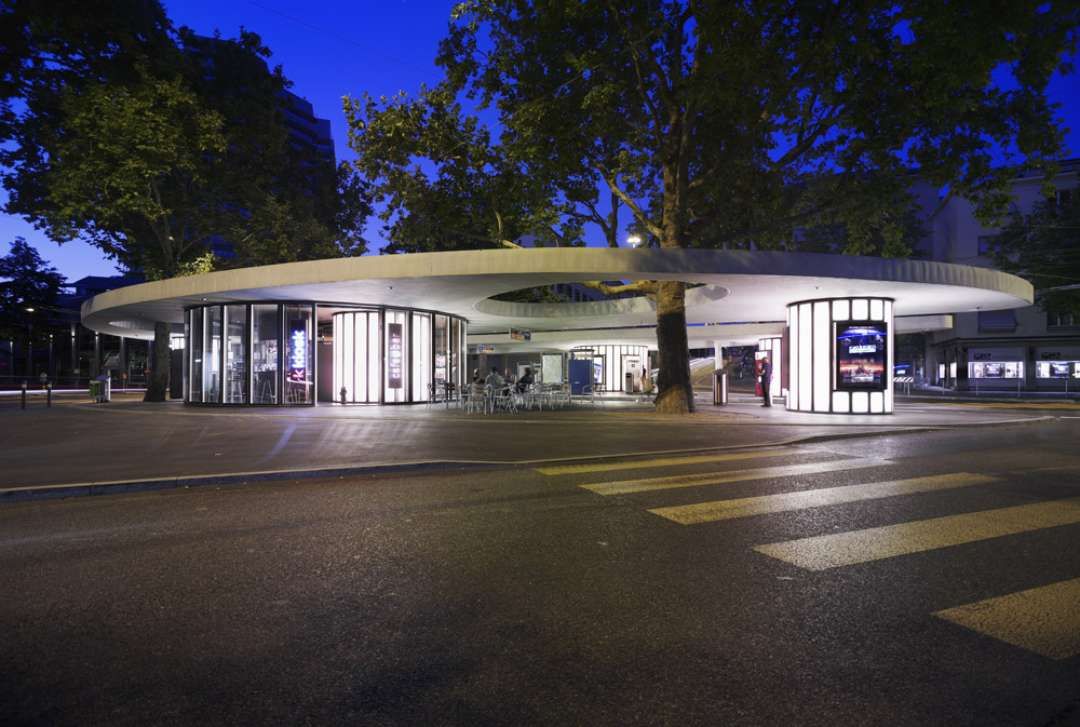


5. Cycling lanes and pavements
Basic urban necessities like pavements, curbs, crossings and traffic signals and signage are not fulfilled in India. Many lanes and alleys are unnamed and can only be reached by following directions by local people. There aren’t pavements along the road for stretches at a time, when people are forced to walk on the road and are in danger of oncoming traffic. Jaywalking and crossing the road in heavy traffic is a problem because of lack of zebra crossings, lack of pedestrian signals and lack of basic traffic sense.
Cities like Bangalore, Mumbai and Delhi are constantly on the radar for their traffic woes. Riding on footpaths, restricting walkable paths because of food stalls, cows on the road forcing riders to switch lanes etc. are everyday issues of the common man. The government needs to provide dedicated cycling and bus lanes, like most European cities to make driving easier and safer on Indian roads. This will not only solve a lot of traffic problems but also encourage people to take public transport as a faster and safer medium to travel as well as drive cycles in short distances. The recent bus lane introduced in Bangalore, from Marathalli to Whitefield, has already seen a rise in public transport users and shortened the driving time between these places. More such initiatives in other Indian cities, will improve our road safety.



6. Pedestrian zones
Heavily crowded market places, alleys, residential and commercial zones etc. are all populated with people as well as cars, cycles, autos, rickshaws, two wheelers etc. Absence of pedestrian only zones in India has caused a ruckus in cities. Making overcrowded bazaars car or bike free zone is a good way to ensure safety for shoppers. It will also boost interaction between people and shops. There will be lesser noise and accidents in pedestrian zones.
Another matter of importance are under and overpasses in the country. A lot of highways have no proper crossings or subways which result in people chaotically jumping over the dividers. Subways or over-bridges for pedestrians at regular intervals will ensure safety of vehicles as well as pedestrians.

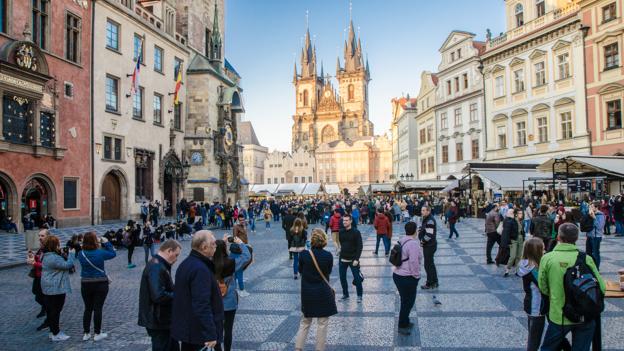

7. Road Signs and Street Furniture
We boast about building roads and connecting more villages to cities. But how functional and how good are these roads? They still clogged with water in the rains, they still have potholes, they still have open drains and they still offer little safety to vehicles or pedestrians. Foreign nations build their roads in keeping with their traffic laws. There are proper lane markings, left and right arrows for turns, marked bus and bicycle lanes, street crossings and other signages. These prevent rash driving, lane switching, jaywalking and subsequently reduce accidents and chaos on the roads. It isn’t much to demand proper markings on the road, now is it?
Moreover, India lacks street furniture. Benches along parks, proper walkways, dustbins and segregated garbage bins for recycling, reuse and non recyclable waste, parkings for cycles, donation bins or shaded seats along the road are public use items we urgently need. In some places, even street lights or distance markers are absent. All of this needs to be introduced as part of urban renewal for public convenience. Just making roads isn’t enough. Improving the streets with elements for public use, their betterment is also essential.



8. Physically handicapped access / Elderly friendly places
India has a rising population of the elderly. According to Population Census 2011 there are nearly 104 million elderly persons (aged 60 years or above) in India; 53 million females and 51 million males. (Source) However, we do not have the proper infrastructure for their welfare or safety. Apart from lacking regular street facilities like proper well designed and finished curbs, benches or lights, India doesn’t have access ramps, physically handicapped washrooms, dedicated parking slots in many places, working elevators or grab rails.
We need to pay attention to a lot of details in our daily life, which are not conducive to the physically challenged among us or senior citizens. Buses and public transport in foreign countries, have specially designed entry ramps for elderly or mothers with strollers. They have specially designed toilets for physically challenged as well as ramps and grab rails everywhere. Moreover, they have specially designed outdoor spaces like open gyms, street games, parks and avenues for the elderly. Indians so far can only avail these facilities inside big world class designed townships or housing schemes.


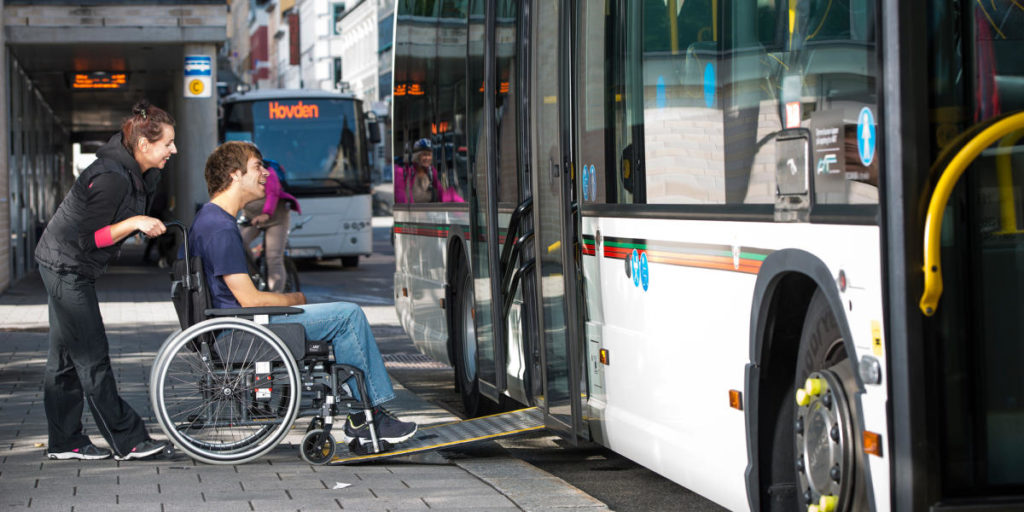
9. Designated parking lots / building
Parking poses a gigantic problem in big cities like Mumbai, Delhi, Bangalore, Kolkata or Chennai. In fact, every Indian city is facing a parking shortage which is why we see roads lined up with cars in busy streets and commercial sectors. People sometimes have to take several rounds around a street to be able to find a proper parking spot. Moreover, the driving road is cut down to half, because of badly parked cars on either side. This results in bad traffic jams, damage to cars and loss of money.
Citizens and working class in these cities and in fact several other cities like Pune, Gurgaon, Lucknow, Bhopal, Nagpur etc. need proper parking structures and parking lots. Dedicated parking lots, serving the shops or residents in one or two localities, which is walkable distance from their homes, will save us a lot of trouble, make a safe place for our vehicles as well as prevent fights. It is a sad scenario, that even in cities like Nagpur, where a multistorey car park was built in a busy market in Sitabuldi, for all the proprietors as well as shoppers and people who used the nearby bus station was unsuccessful and was taken over by a private company to make another hotel we didn’t need.


10. Better Street scape
Facade, shopfront, curbs and compound walls which make our Urban skyline is nowhere near perfect. Hanging wires, staggering building line, shops extending out on the footpaths which block paths and many other such elements ruin the street scape. Better building bylaws, which require to have properties in a straight line, with no projecting elements in the setback etc. could solve this issue. Uniform building lines and facades, with architects coming together to preserve the context and identity of Indian cities will also help in creating a better skyline for our cities.


India is a great nation and we have a lot of brainpower and manpower. We have hardworking tax paying citizens, who want nothing but a better lifestyle, job security, good education and health benefits and proper infrastructure for healthy and happy living. Imagine an India, which is cleaner, safer, offers more opportunities to interact and live happily as well as has all the amenities required for conducive living. Just imagine!
Hope this article gave you some insight. Please keep coming back for more such features and design blogs! For information on our detailed interior design courses please visit Cindrebay.
